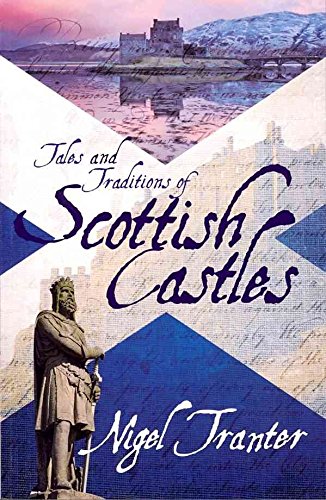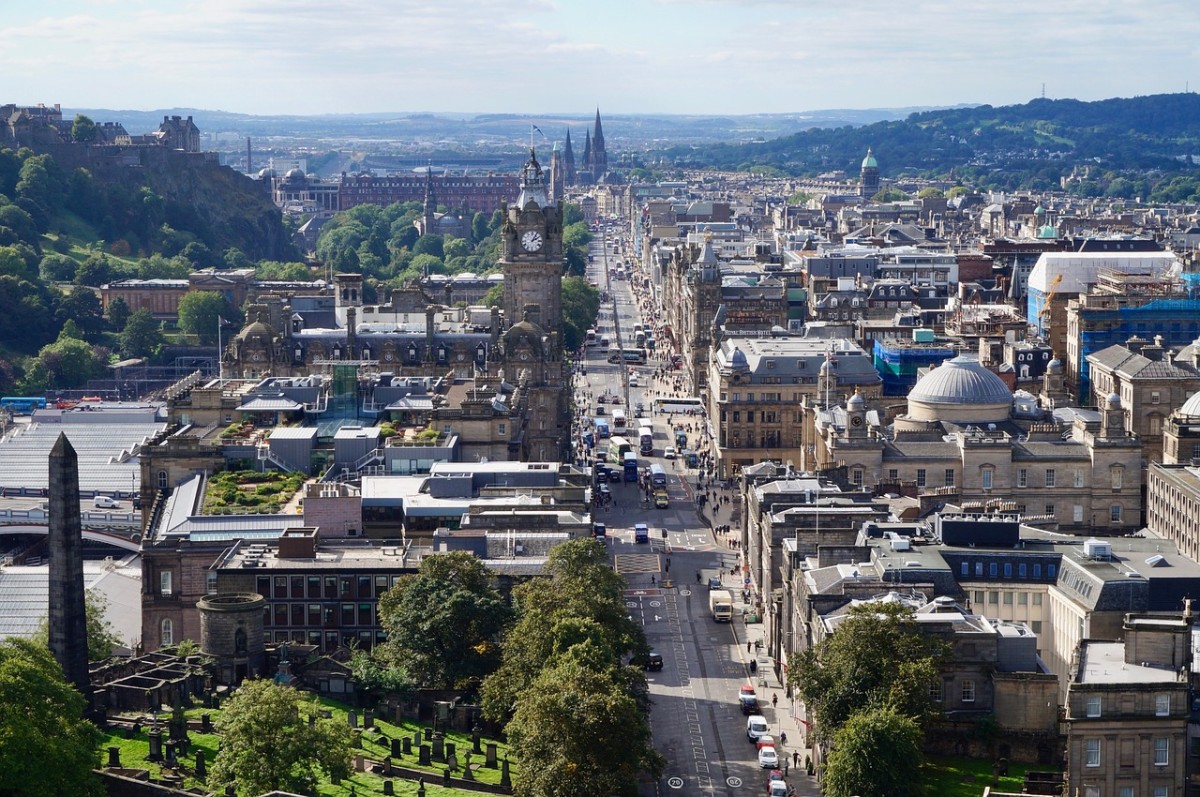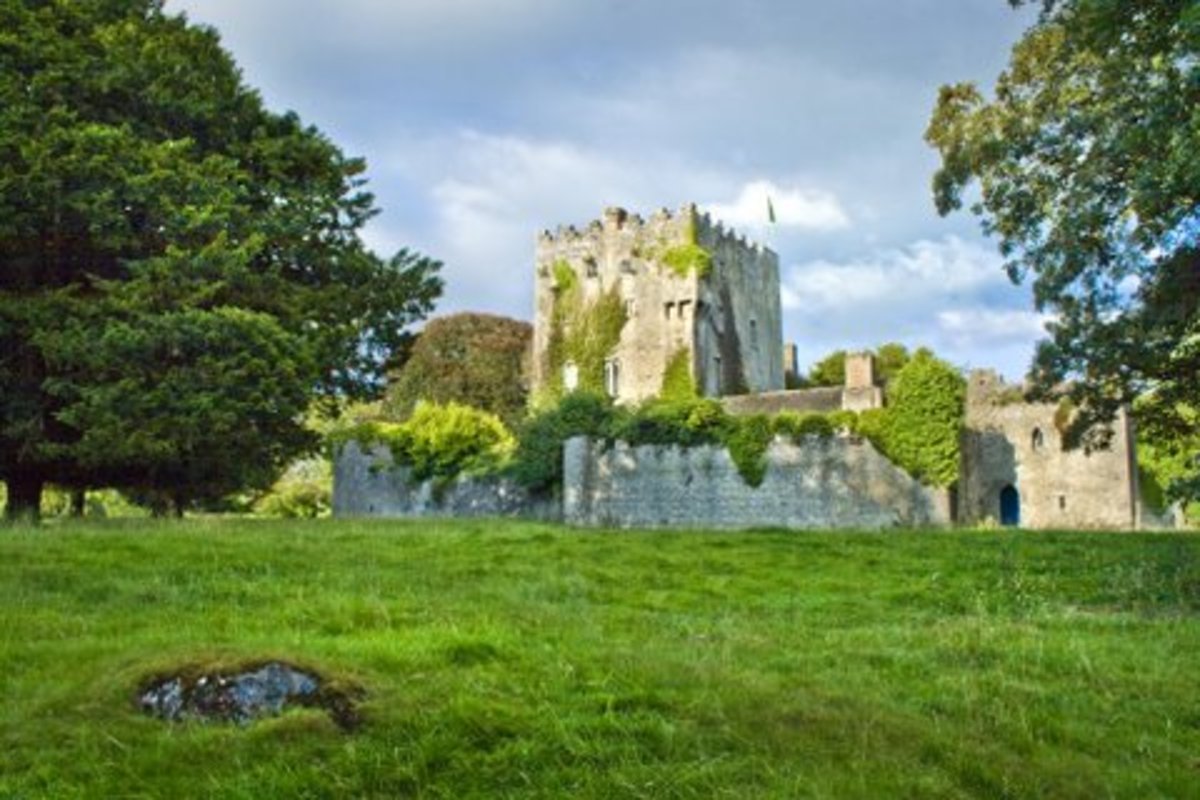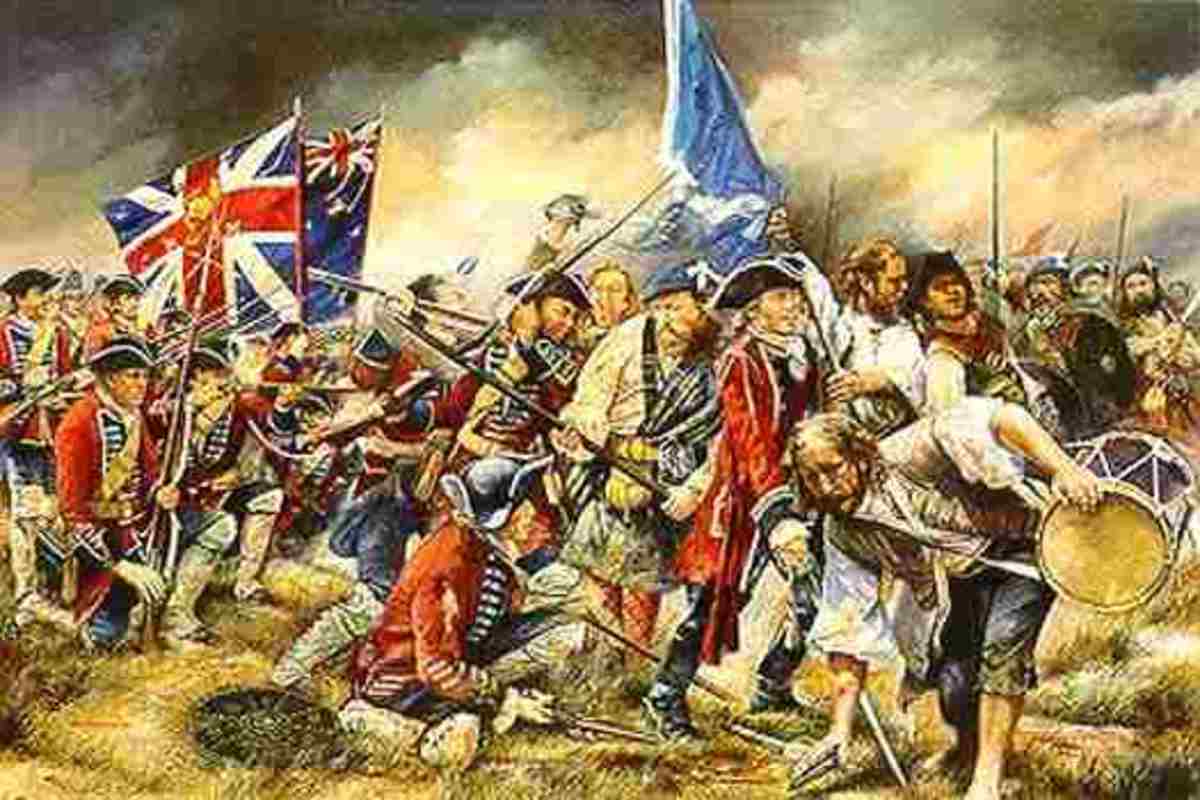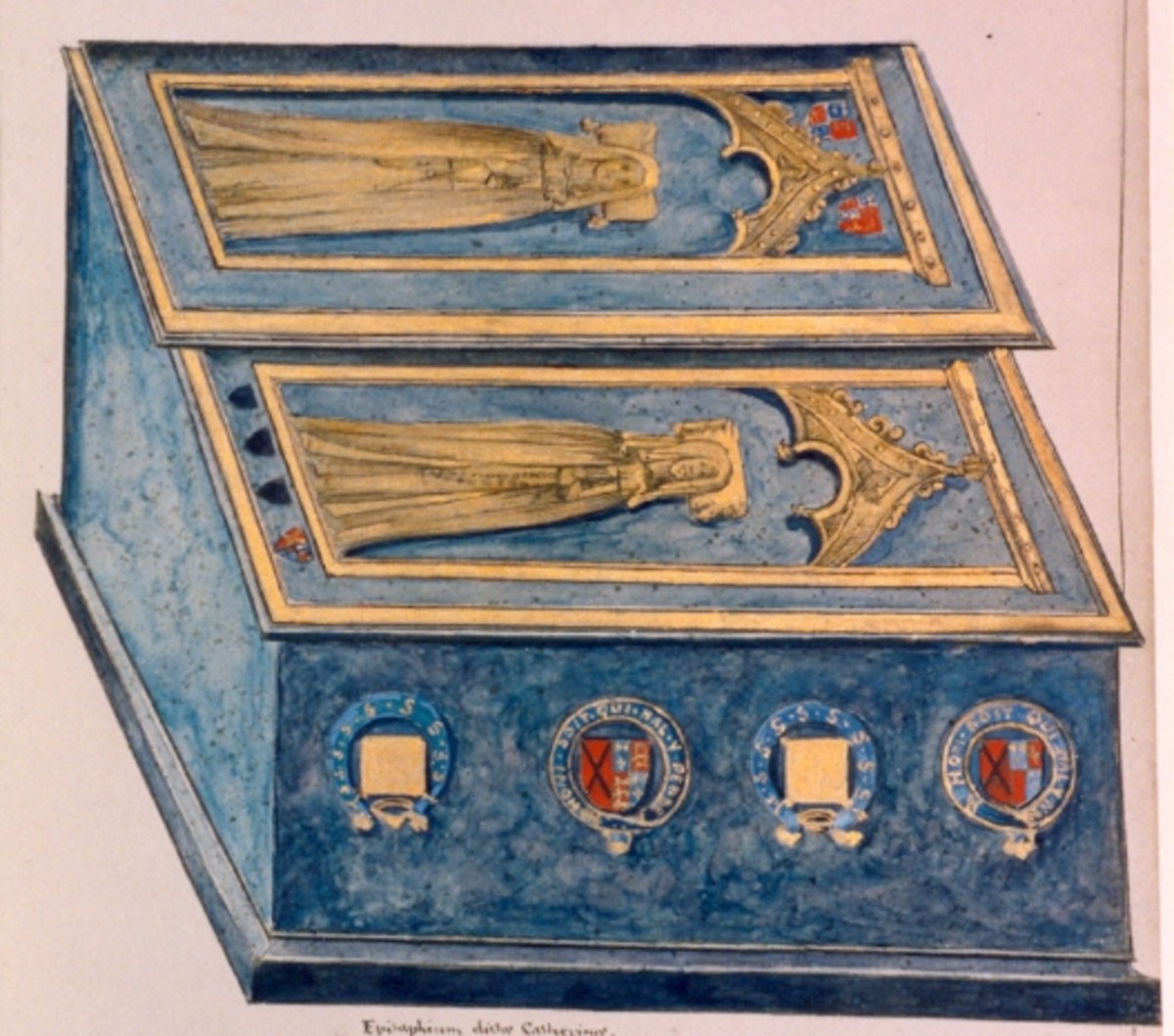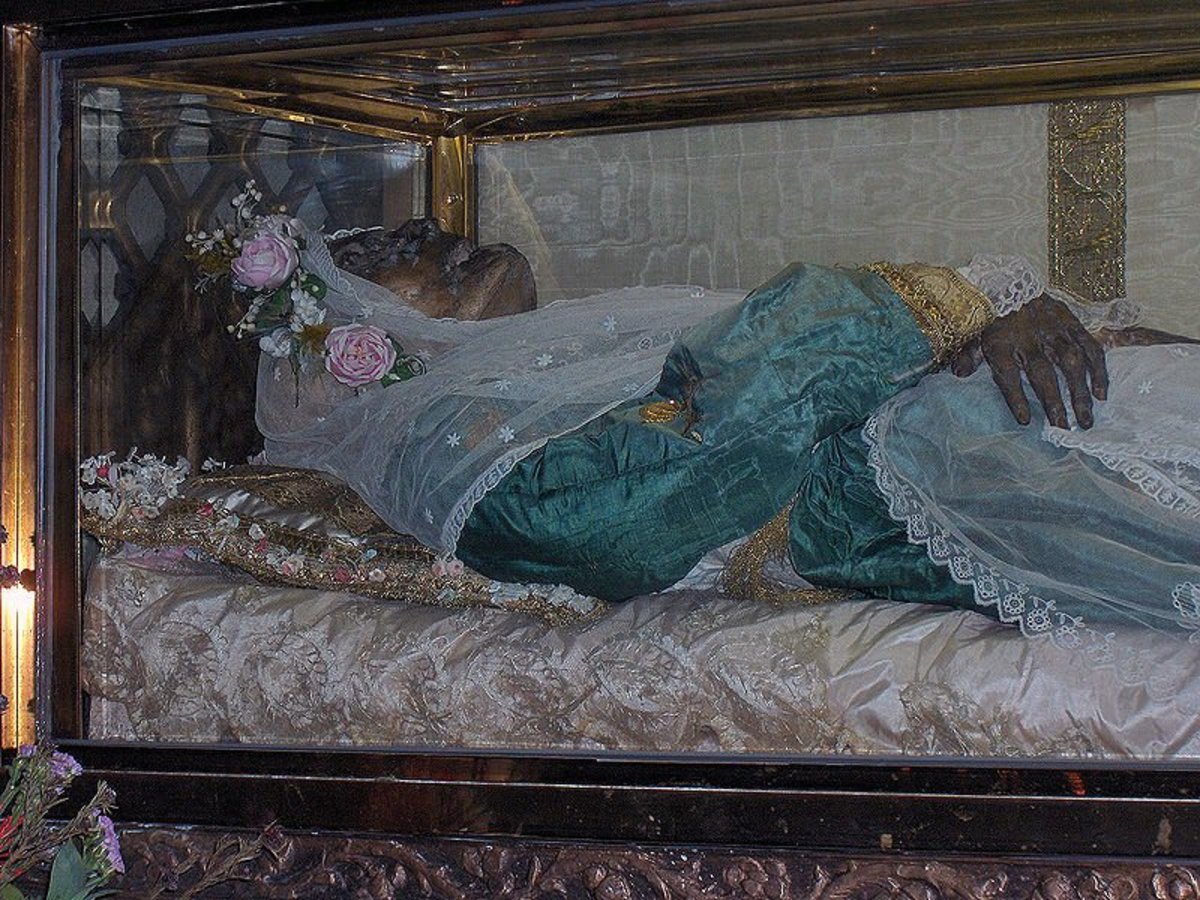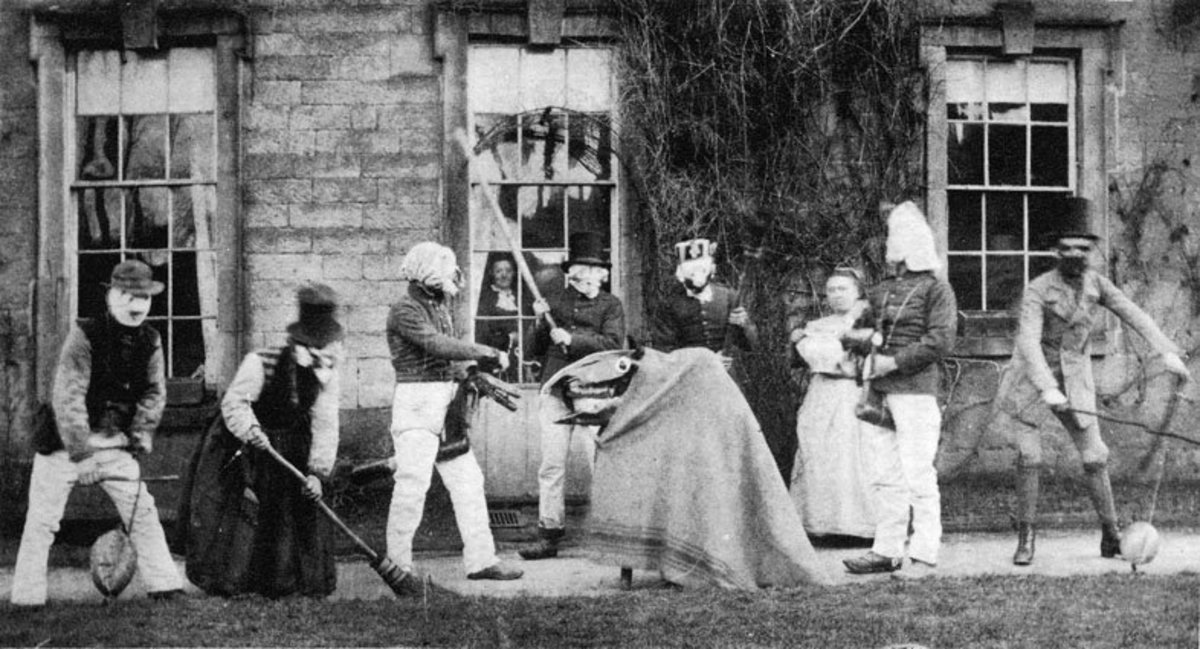The Checkered History Of Scotland Castles
Caerlaverock Castle In Scotland
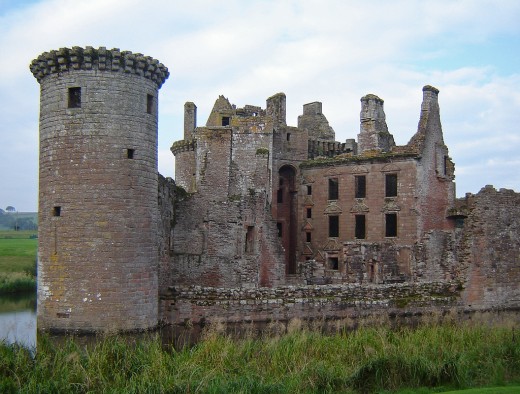
The Checkered History Of Scotland Castles
Scotland Castles hold marvelous tales of the nation's history. Every dismantled Tower or ruined Keep has been preciously preserved to hand down through generations with respect and pious care.
Scotland's turbulent history left behind an unbelievable legacy represented by many castles in its landscaping. Some are ruins barely visible to the magnificent buildings resembling mighty palaces.
Scottish Castles
1100s – 1200s
When the Roman presence found in Northern Britain was depleting before King David I arrived on the throne back in April of 1124, there was much conflict between the Pict, Scots, Norse and Angles. In the 1100s, Scottish lords and Norman nobles built these structures in order to defend the land they had been granted. In an area where there was a higher chance of armed opposition then a motte would be constructed. A motte was a mound of earth that was topped by some form of defensive structure which usually was a wooden tower. Mottes were often surrounded by courtyards that were raised to be above any surrounding area. A defensive moat would then wrap around this entire area.
In areas of Scotland that were less at risk for attack, but whose security was still desired by nobles, it was common to build a ringwork, defensive walls and a ditch. Additionally this was a period when royal castles were built throughout Scotland that could accommodate the King on his travels. The Edinburgh castle is a prime example of such construction.
The Scotland Castle “golden age” was the 1200s. This is when the curtain-walled castles began to appear that were characterized by a massive defensive wall. Major castles that were built during the close of the century began to incorporate distinct circular towers that rose above the walls. These towers were important in protecting the dwellers from attack.
Eilean Donan Castle In Scotland
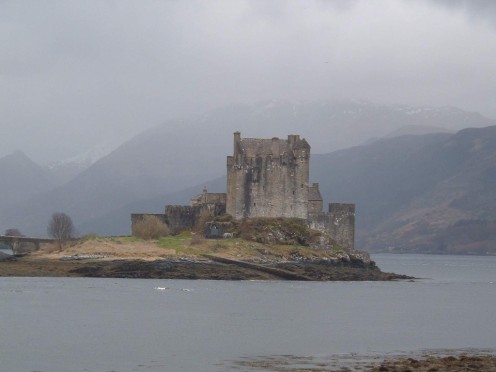
1300s
During the Wars of Independence in the 1300s, these castles were put to the test. Most of the early built ones were easy prey to the attackers and a few of them were captured several times over the century. The one exception to this rule was the Dunbar Castle that held its own against every attack.
Many people will think the Scottish people failed at the construction of dependable castles and technically they did but these castles were built mainly for prestige or to defend the random sea-borne Norse. Up until 1296, England and Scotland were cordial and never anticipated this war. Scotland castles were not designed to be able to defend themselves against an English army, especially those that were equipped with siege engines.
Efforts to guarantee that the castles were able to be defensive led to an abundance of castle building during the century. Massive gatehouses were added and they were becoming indistinguishable to the castles of the previous centuries. The Scottish were now concerned with constructing stone fortresses to withstand attack. The last half of the 1300s was fairly peaceful and stone tower castles were being built everywhere.
Eilean Donan Castle In Scotland
1400s
A new challenge presented itself to Scotland Castles in the 1400s that came in gun form. An important part of army was now artillery trains and certain castles that had been occupied by the English were now being taken over by Scottish kings that were enthusiastic about this new warfare form. Yet still, the 1400s remained quite peaceful. This lack of violence gave the people stability needed to invest their time in stone castles.
Tall tower houses were the new form of castle erecting at this time. Borthwick Castle is the largest example of these. Elaborate defense strategies were built in the tall walls making them as useful as they were intriguing.
Another important thing castle builders were now occupied with was finding effective ways to protect the castle against everything, including a gun. They were now being designed to absorb military attacks rather than be destroyed, which would allow the castle defenders the opportunity to retaliate.
Inverness Castle In Scotland
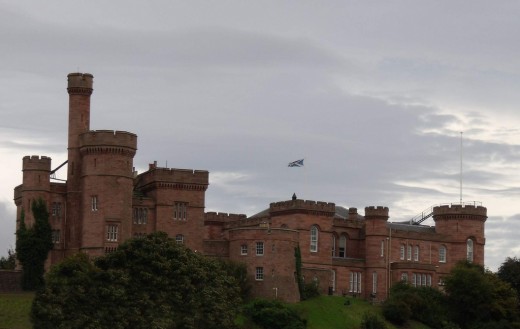
1500s
Construction continued on these massive stone fortresses into the 1500s. Dunbar Castle is a perfect example, having walls that were built of stone and 20 feet thick, allowing artillery to be fired from within them. Additionally, broad ramparts were constructed that allowed guns the ability to fire from up on top of the walls.
Despite new developments, the majority of Scotland Castles built in the 1500s, basically were variants of earlier tower houses. Many were now designed though so that a kitchen and a hall were now inside the tower itself instead of on the outside and most were now equipped well with gunloops for defense. Despite their efforts, they still were really not designed to hold up against extreme artillery.
Towerhouses of this era came in a diverse array of sizes and shapes including L-shaped, rectangular, E-shaped, T-shaped and Z-shaped. The primary goal was to provide accommodations to the laird and his family and servants.
1600s – 1700s
The story of development doesn't extend much past the 1600s and the castles became more geared toward manor houses rather than defense tools. In 1650 when Scotland was invaded by Cromwell it was devastating. He came in with large amounts of artillery and overwhelming force and the list of castles that were destroyed by Cromwell was unbelievable and incredibly sad.
In the 1700s, Scotland Castles followed earlier tradition trends and constructed new castles resembling mansion houses. The Kisimul Castle is an excellent representation of this. In 1746, after Cromwell had caused so much despair, steps were taken in order to avoid losing such a rebellion again resulting in one of the most spectacular Scotland Castles ever made to be built; the Inverness.
There are said to be around 2,000 Scotland Castles still standing today, preserved and cherished with an abundance of love and respect for the Scottish history.
My Other Hubpages You Will Enjoy
- Things You May Not Know About Medieval Castles
Medieval Castles were a result of genius artists and architects that arose due to Medieval Times. These castles dominated Europe's landscaping due to an explosion of construction for various reasons such as... - Intriguing Facts About Irish Castles
Irish castles are considered some of the most famous and oldest castles in the world. They are said to have a checkered past that originated as simple construction, developing into stone fortresses of... - Interesting Facts About The Middles Ages
The Middle Ages, often referred to as medieval, is an era of European history that covers an enormous amount of time starting in the 5th century and continuing through the 16th century. This was a time that... - Things You May Not Know About The Italian Renaissance
Italian Renaissance was a time period that fell between the Middle Ages to Modern Europe that allowed technology to flourish and culture to grow roots. Italy is often referred to as the birthplace to the... - What You May Not Know About Feudalism
When regional leaders attempted to control their land during a time of weak monarchy, a structure that was decentralized, known as feudalism was exercised. Feudalism is often referred to as the political...

